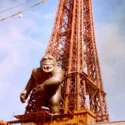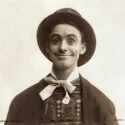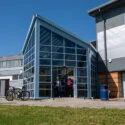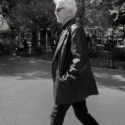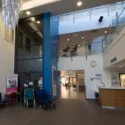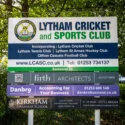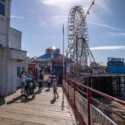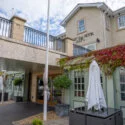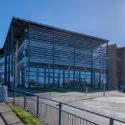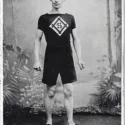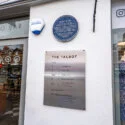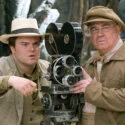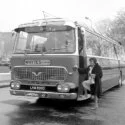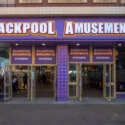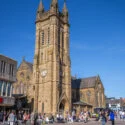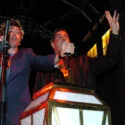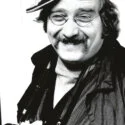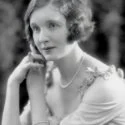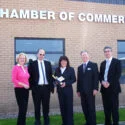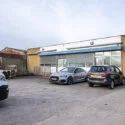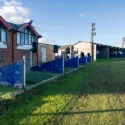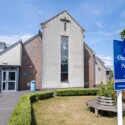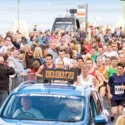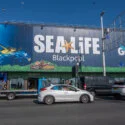The park was officially opened on 2nd October 1926, by Edward George Villiers Stanley – 17th Earl of Derby. However, the park was named after his father, Frederick Arthur Stanley, the 16th Earl of Derby and Blackpool’s first Member of Parliament.
Stanley Park is a public park in the town of Blackpool on the Fylde coast in Lancashire, England. It is the town’s primary park and covers an area of approximately 104 hectares (260 acres). The park was designed to include significant sporting provisions, along with formal gardens, a boating lake and woodland area. It was designed and built in the 1920s, under the eye of Thomas Mawson. It is located in the Great Marton and Layton areas of the town. It is Grade II* listed and is on the Register of Historic Parks and Gardens of special historic interest in England.
The park’s largest gardens feature a fountain built with Italian marble and a number of statues including a pair of Medici Lions. The Italian gardens are overlooked by a cafe, designed by Mawson and built in a traditional Art Deco style, and include steps down to the boating lake. Surrounding the boating lake is a woodland area, including a protected area for wildlife. On one side of the lake is an amphitheatre surrounding a bandstand, also designed by Mawson. There’s also the famous Parks Art Deco Cafe and a rare King Edward VIII post box at the park’s entrance. Next to the Parks Art Deco Cafe is the Stanley Park Visitors Centre.
Towards the centre of the park there is a crossroads with a clock tower, dedicated to William Cocker. It is close to the large children’s play area, the tennis courts, all-weather pitches, BMX track, skate park and general grassy areas. Within the Stanley Park grounds stands a 5000-seat cricket ground, an 18-hole golf course designed by Alister MacKenzie, a sports centre & athletics ground, and Blackpool Model Village.
The park is also home to several historical WWII sites: the Aerodrome, two air raid shelters and a Pillbox Bunker.
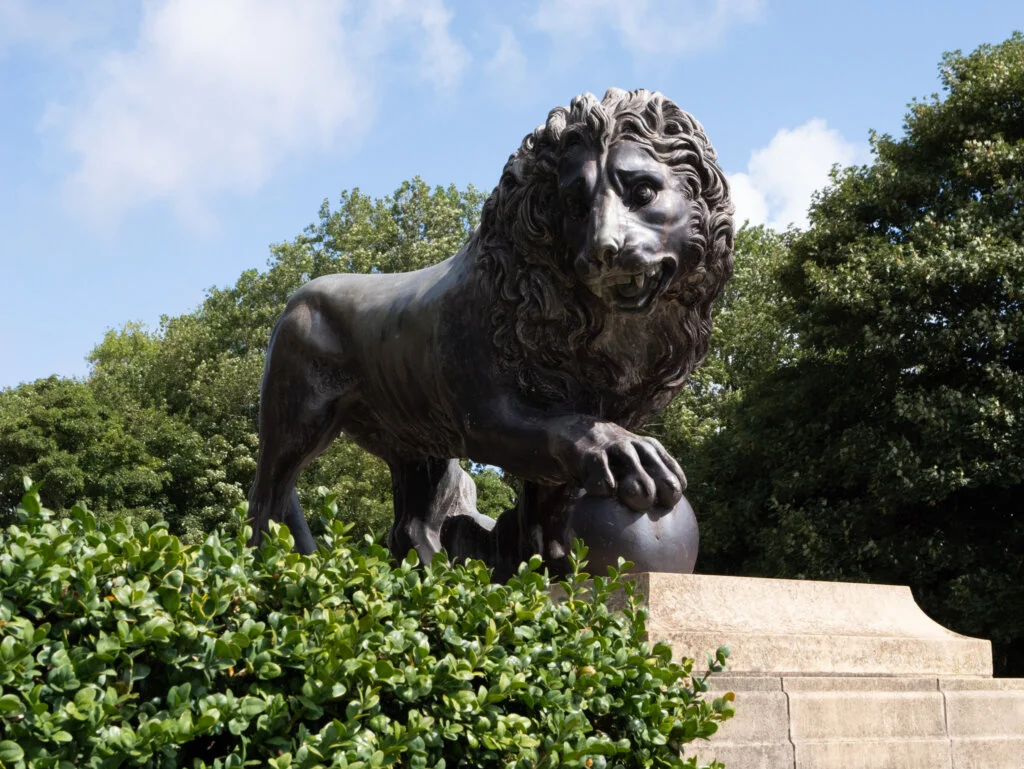
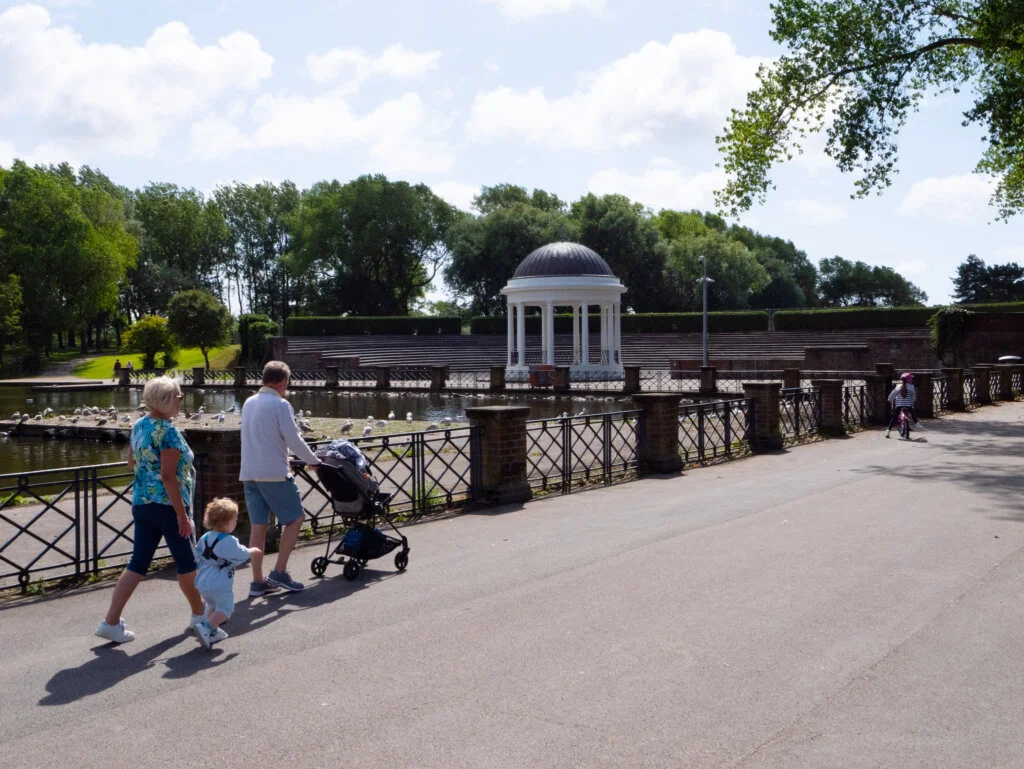
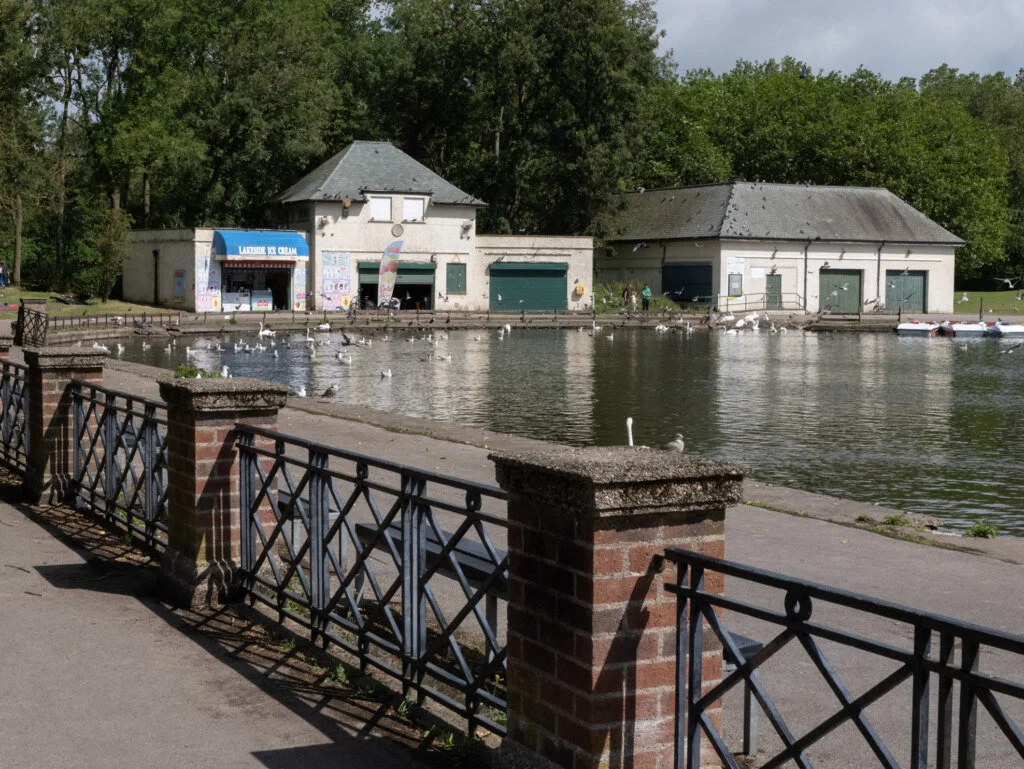
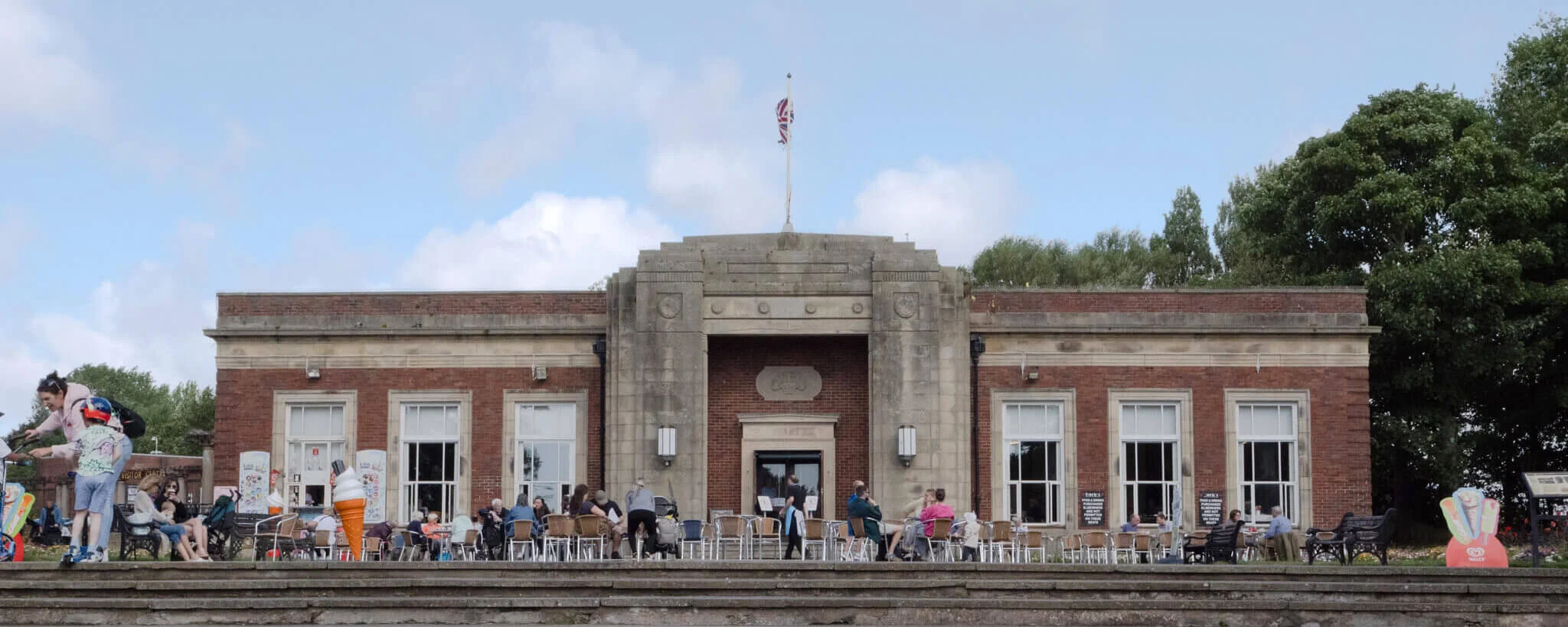
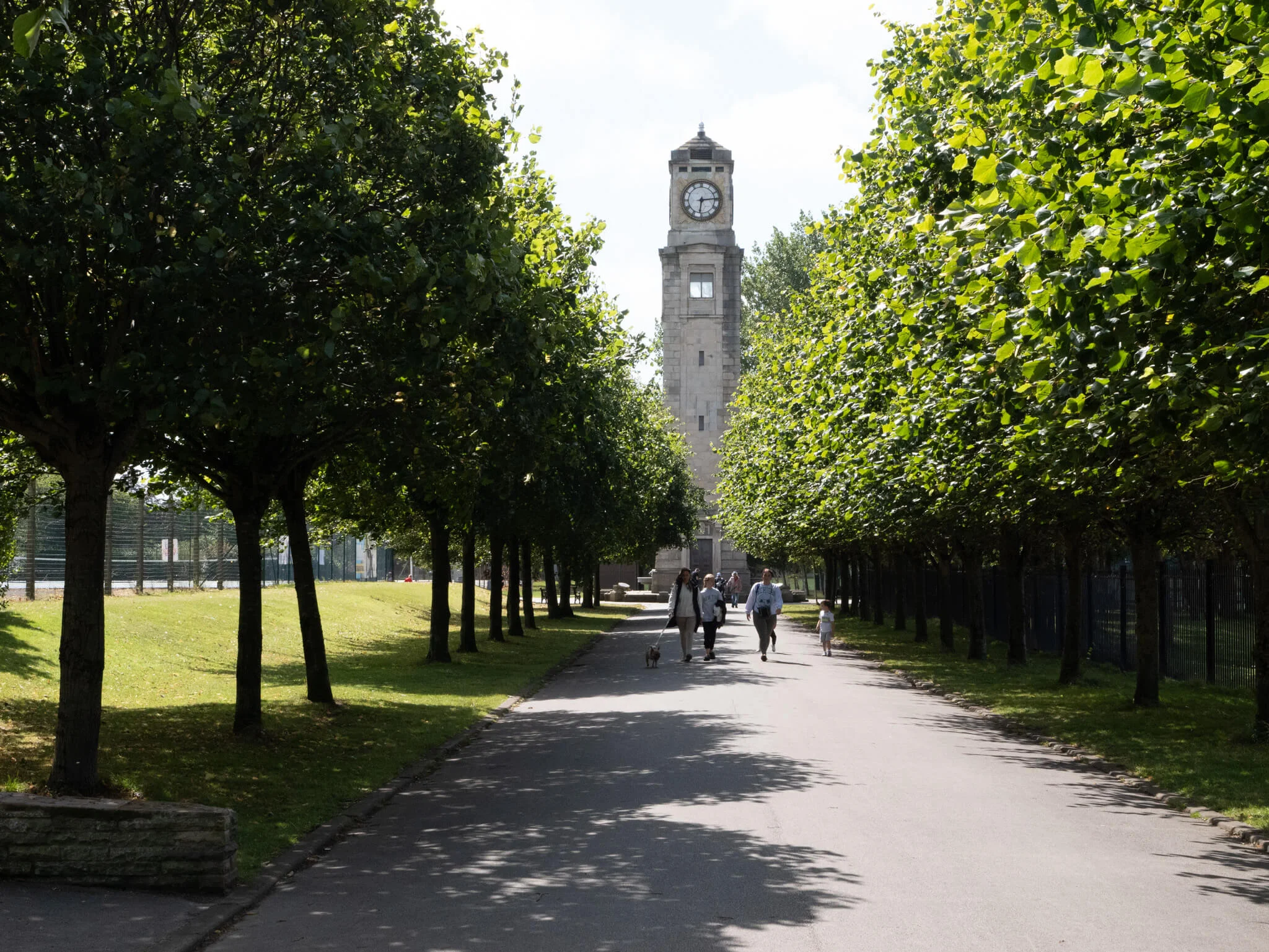
Featured Image © Deeper Blue Marketing & Design Ltd
Images by © Deeper Blue Marketing & Design Ltd

